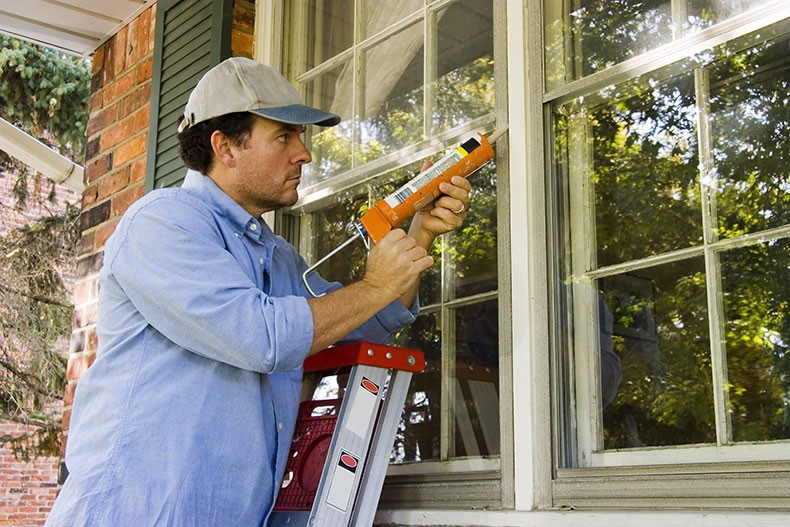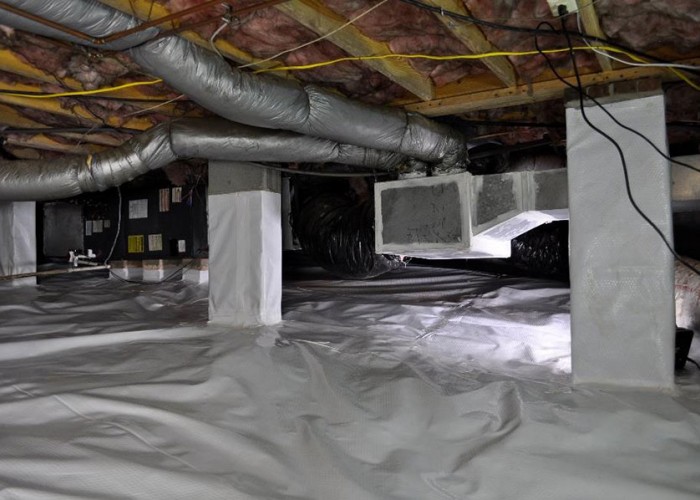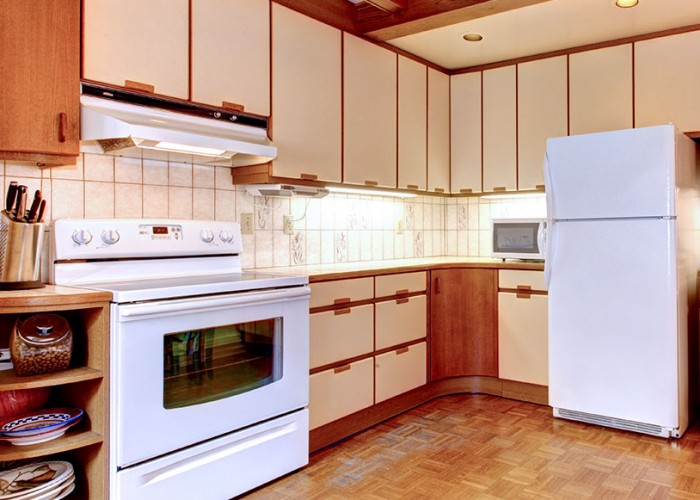Ants and Spiders and Flies, Oh My!
Prevent pest invasions and unwanted drafts
By Jonathan Susser
Q: I’ve been noticing more tiny critters — ants, spiders and the like — in certain parts of my home. What’s the deal, and how can I keep them from coming back?
A: Finding pests at home is rarely a welcome sight. But before you call for help, there are some lower-cost steps you can take to help solve your problem and stop the invasion.
These creatures look to your home as sanctuary when they’re hungry, hot or cold, and they’ll try to get in any way they can. A great start, then, is to find where and how they’re entering (and remember to also clean up any crumbs or other food sources).
Any hole in your floor, walls or ceiling is a potential pathway that spiders, bugs and insects can take advantage of. And not only do these “unintentional” holes (i.e., not a door or window) let in unwanted intruders, they can also let out conditioned air, meaning your heating and cooling system will have to work harder and use more energy.
Spiders in particular like to set up shop near supply vents, windows, recessed can lights, etc. Why? Because they love air drafts and air movement. Spiders are smart, so they’ll build a web to catch unwitting flyers that come through on this movement. If webs are popping up near a vent, try adjusting the direction of the airflow for a possible quick, simple fix.
When you find a hole, gap or crack — check particularly around plumbing, wiring, venting, piping and ducting — its size and type can inform how you handle it. Is it smaller than your finger? We suggest using caulk or some other tube-applied material, such as adhesive, silicone or mastic, to close it. Bigger holes can be stuffed with filler and then air sealed or caulked over.
Ideally, you’ll be able to get to the primary source of the hole. For example, it may be easier and less messy to plug one from your crawl space or attic than from your living space.
You also have many “intentional” holes throughout your house. These are your operable objects, such as your front door, back door, windows, crawl space access, etc. Obviously, you aren’t looking to completely fill these, but you can make sure they shut tightly where and when they need to. Weatherstripping can help you seal leaks around these movable building components.
If a door or window is completely out of use, you could consider caulking it as a semipermanent solution as long as you don’t create a safety hazard for egress. Otherwise, weatherstripping should do the trick.
People have different motivations for fixing holes. But whether it’s for energy, comfort or pest control reasons, it’s smart to close them up to save money (and disgust) down the road.
-
Improving your home's efficiency
-
Share this story:




